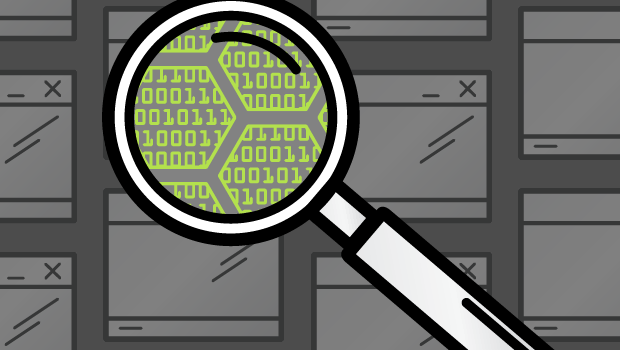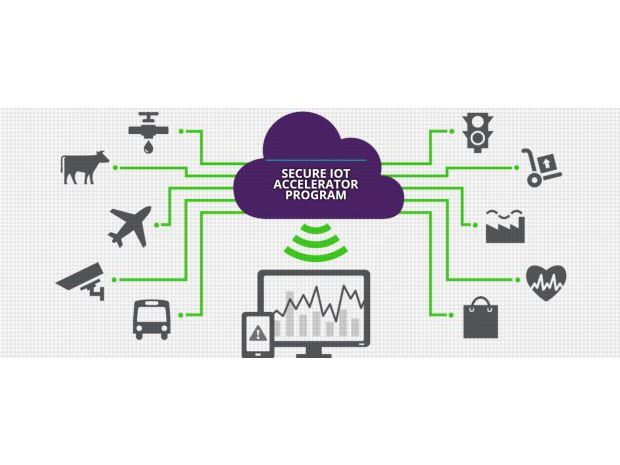It takes an army of trained, licensed, and accredited professionals to build a skyscraper in most cities around the world. But what about the software platforms and machine learning tools that have become crucial components of the world’s financial, military, medical, and communications ecosystems?
The critical software and technical systems we rely on daily are like invisible skyscrapers all around us — yet we often don’t know who designed them, how they were constructed, or whether they hide defects that could lead to massive inconvenience, financial chaos, or catastrophic failures.
Source: What Should We Do to Prevent Software From Failing? | MIT Sloan Management Review










